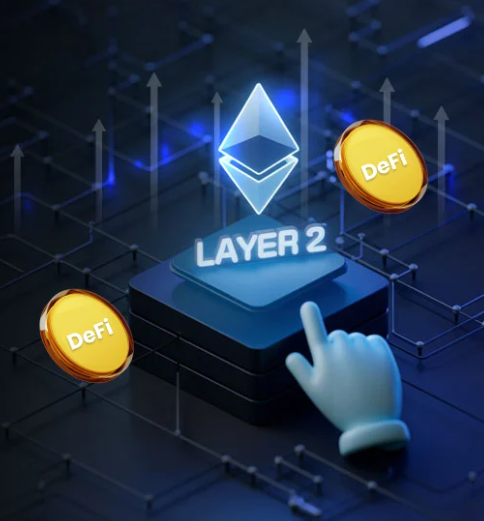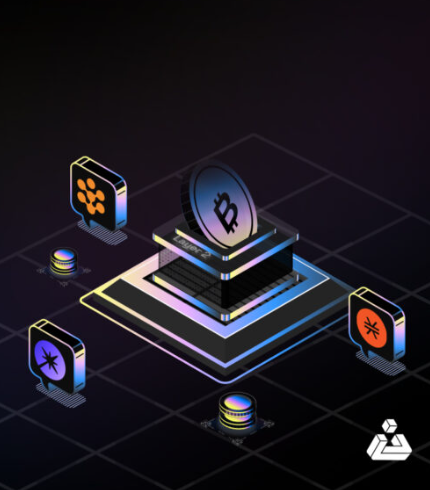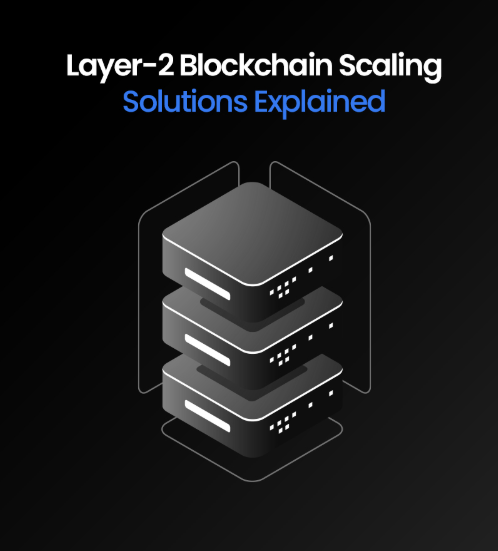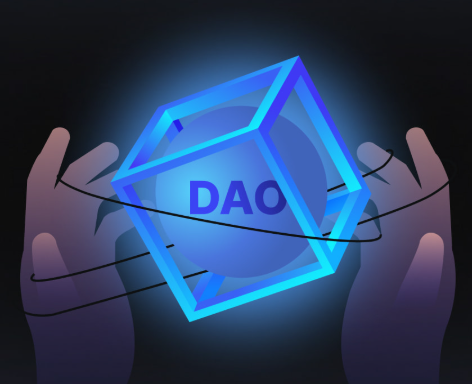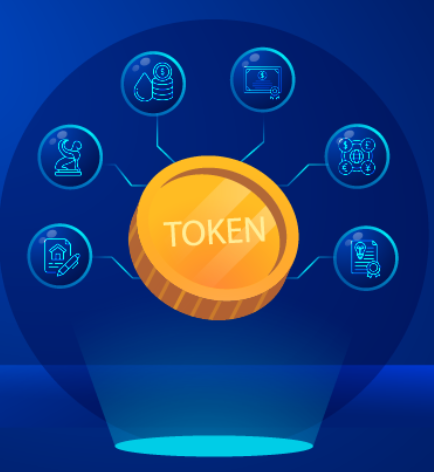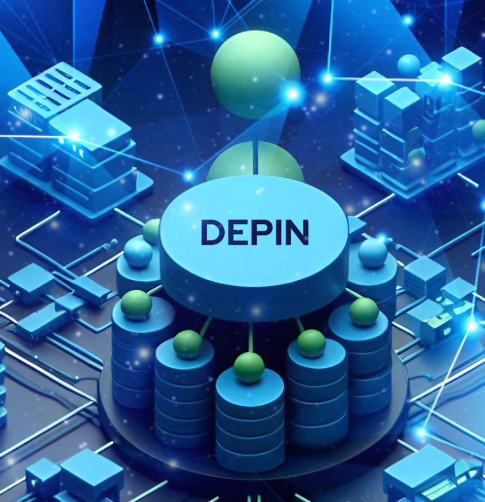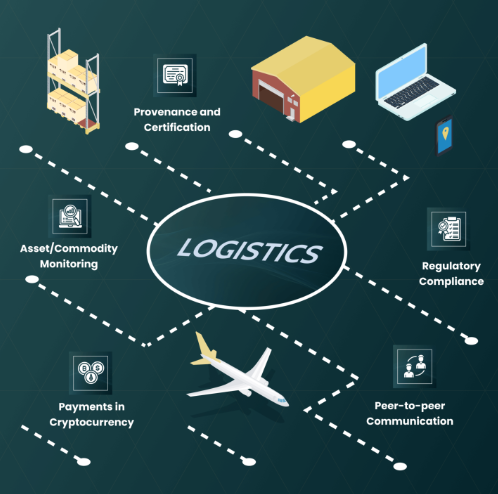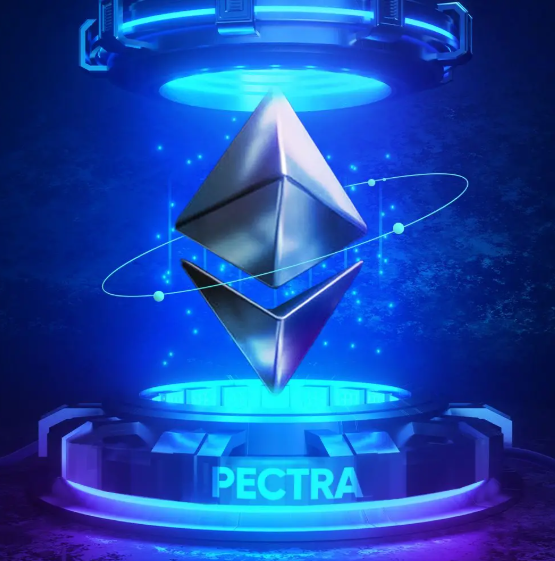
Web3 has captured the imagination of many, offering decentralization, transparency, and the promise of a more equitable internet. Amidst all the excitement and innovation, one crucial concept remains at the forefront of any successful Web3 venture: finding product-market fit (PMF). However, the journey to PMF in Web3 is not the same as in Web2. It’s shaped by the unique dynamics of a decentralized world, and success doesn’t come from chasing short-lived trends but by solving real problems and creating lasting value.
So, how can you achieve PMF in the Web3 space? Here’s a founder’s guide to finding success by building meaningful, sustainable products in this dynamic ecosystem.
1. Understanding Your Web3 Audience
In Web3, getting to know your users goes beyond basic demographics. It’s about understanding their motivations, aspirations, and challenges in a decentralized environment. Your audience isn’t just a generic group; they are deeply engaged with the culture and principles of Web3.
- DeFi Enthusiasts: These users are driven by financial autonomy and yield optimization. They thrive on-chain and are always on the lookout for new strategies, efficient protocols, or tools that can enhance their trading or lending experience.
- NFT Community: Enthusiasts in this space are passionate about ownership, creativity, and community-building. They look for projects that offer unique value, strong social connections, and real-world use cases for digital assets beyond profile pictures.
2. The Build-Measure-Learn Approach
In the fast-moving world of Web3, taking a rigid approach to product development is a thing of the past. The key to success is iteration and agility. Instead of spending months building the perfect product, focus on getting a minimum viable product (MVP) out into the world.
- Launch the MVP: Create a simple version of your product that directly addresses a problem your target users face. Don’t wait for perfection—release early and iterate.
- Track On-Chain Data: Web3 provides valuable data points. Use on-chain analytics to understand user behavior and refine your product based on these insights.
- Engage with the Community: Web3 communities are vocal and engaged. Make sure to listen to feedback, interact with users, and adjust your product according to their needs and suggestions.
3. Community-Centered Development
In Web3, your community isn’t just a user base; it’s your greatest asset. The success of your project depends on how well you engage and empower your community.
- Decentralized Governance: Give users a stake in the direction of your project through DAO structures and governance tokens. Allow them to vote on important decisions, from policies to fees.
- Shared Ownership: Consider creating models where the community benefits from the project’s success, such as through token distributions, revenue-sharing, or other incentive structures.
- Co-Creation: Involve your community in product development, marketing, and content creation. Their involvement not only fosters loyalty but also taps into the collective intelligence of your user base.
4. Decentralization with Purpose
Decentralization is central to Web3, but it’s not always necessary for every aspect of your project. Focus on decentralizing parts of your product that will directly benefit your users and align with your mission.
- Control over Data and Privacy: Empower users to control their own data. Allow them to decide how and when their data is shared, ensuring greater privacy and security.
- Transparent Governance: Implement open and transparent decision-making processes so that all stakeholders can participate and understand how decisions are being made.
- Censorship Resistance: Leverage decentralized infrastructure to create products that are immune to censorship and avoid single points of failure.
5. Building for Long-Term Value
The Web3 ecosystem is no stranger to hype cycles, and while they can drive short-term attention, lasting success requires products that deliver real value. Focus on building solutions that go beyond the latest trend and address long-standing problems.
- Create Real Utility: Your product should solve a meaningful problem for users. Whether it’s improving their financial strategies or offering innovative digital ownership, make sure your solution adds real value.
- Plan for Sustainability: Ensure that your project has long-term viability. How will you generate revenue, and what is your strategy for growing and maintaining an engaged community beyond the initial excitement?
- Transparency and Accountability: Be open about your roadmap, challenges, and achievements. Transparency builds trust and strengthens the relationship between your project and the community.
6. Iteration Is Key
Finding product-market fit in Web3 is a continuous process of learning and adaptation. The decentralized landscape is constantly evolving, and your product needs to evolve alongside it.
- Stay Flexible: Be ready to pivot your product based on user feedback, changing market trends, and shifts in the Web3 ecosystem.
- Experiment and Iterate: Don’t be afraid to try new approaches. The Web3 space thrives on innovation, and experimentation is a valuable part of the journey.
- Ongoing Learning: The Web3 ecosystem is fast-moving. Keep yourself updated on the latest trends, tools, and technologies to stay ahead of the curve.
Conclusion: The Path to a Successful Web3 Future
Web3 is built on collaboration and shared goals, and as builders, we’re not just working to outdo each other but to lay the foundation for a decentralized future. By focusing on creating real value, engaging deeply with the community, and staying agile in the face of change, we can achieve lasting success in this exciting new frontier.
So, embrace the challenge, stay committed to your mission, and keep iterating. The future of Web3 is still being written, and the opportunity to create impactful, community-driven products is within reach.




